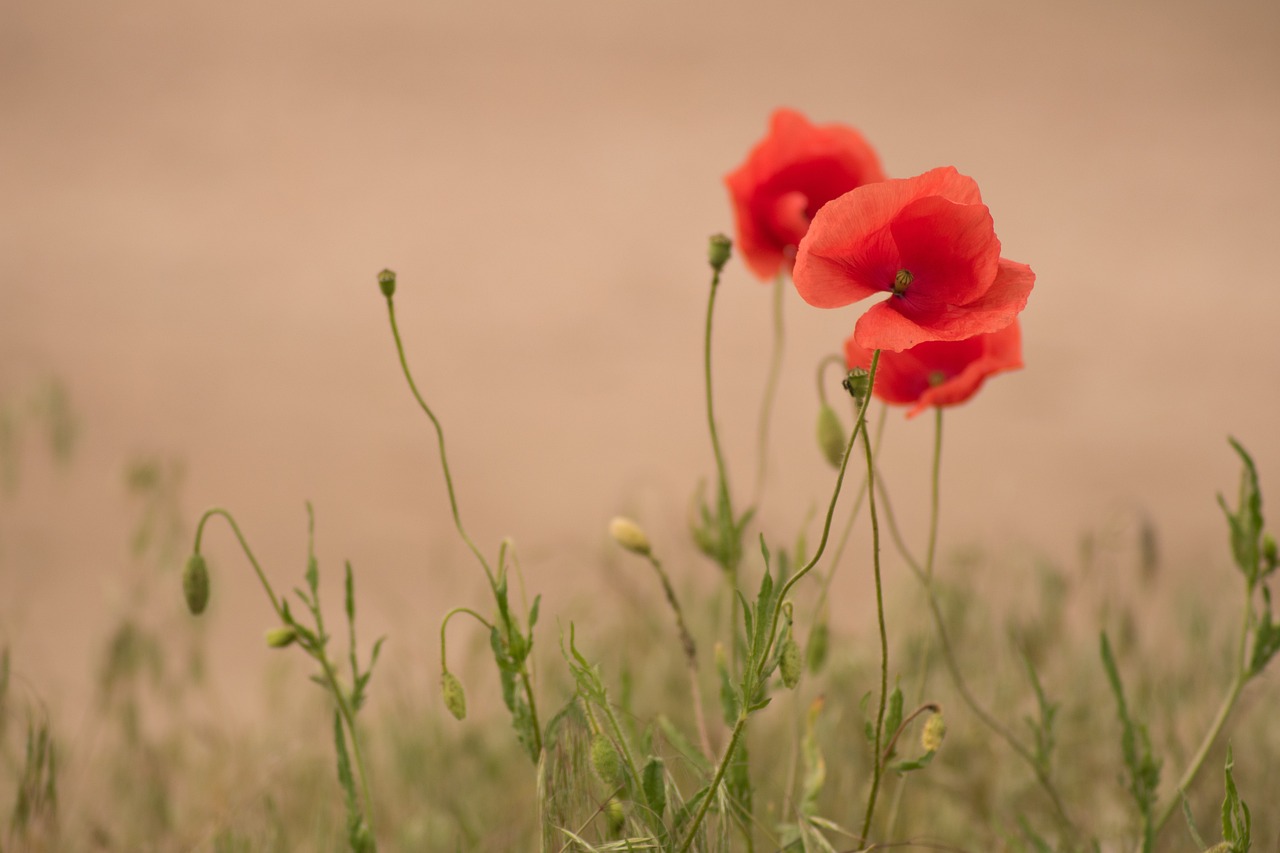An excerpt from Laurence Freeman OSB, Jesus the Teacher Within (New York: Continuum, 2000), pp.62-63.
The new kind of life made possible by the Resurrection does not rely upon the forensic evidence of the empty tomb or the circumstantial evidence of the apparitions. The evidence is found in daily living . . . .
Like love, faith in the Resurrection has its own reasonableness and quality of being, a heightened degree of wholeness that is caught rather than taught. Experiences, even Resurrection appearances, come and go.
They become memories. We, however, know the Resurrection, in what the early disciples called the Day of Christ. It is the present moment illuminated with faith’s ability to see the invisible, to recognize the obvious. As Simone Weil wrote, ‘He comes to us hidden and salvation consists in our recognizing him.’
The question that Jesus asks And who do you say I am?] is the rabbuni’s gift to us: its very asking bestows the grace of the guru. In every era his question is the gift waiting to be received. Its power simply, subtly to awaken Self-knowledge in our own experience of the Resurrection is perennial. St Thomas uses the present tense when he speaks of the Resurrection. He can be understood to be saying that the Resurrection. . . transcends all categories of space and time. In a similar way icons of the Resurrection in the Orthodox tradition suggest the same transcendence and show that the power that raised Jesus is presently and continuously active.
The essential work of a spiritual teacher is just this: not to tell us what to do but to help us see who we are. The Self we come to know through its grace is not a separate, isolated little ego-self clinging to its memories, desires and fears. It is a field of consciousness similar to and indivisible from the Consciousness that is the God of cosmic and biblical revelation alike: the one great I AM.
After meditation: Easter by K.A. Hays in WINDTHROW (Pittsburgh: Carnegie Mellon University Press, 2017), p. 29.
Easter
Again the bleeding heart flashes out, the grasses
lush and over-dark. Again, unseen
in the high brush, the mockingbird makes its trinities
of imitation, jay, jay, jay,
wren, wren, wren– –
and in repeating, names itself,
as April, in its repetitions, names itself.
The wild tulips not yet mown are calling
come, and come.
The fat bees do. To step into this freshness
is to veer towards ruin.
You too have climbed far enough
into the wild tulips
to sniff their decay.
But again, naming themselves as they do,
into the yellow calling, the bees go.
Image by Jasmin_Völker_Fotografie from Pixabay




